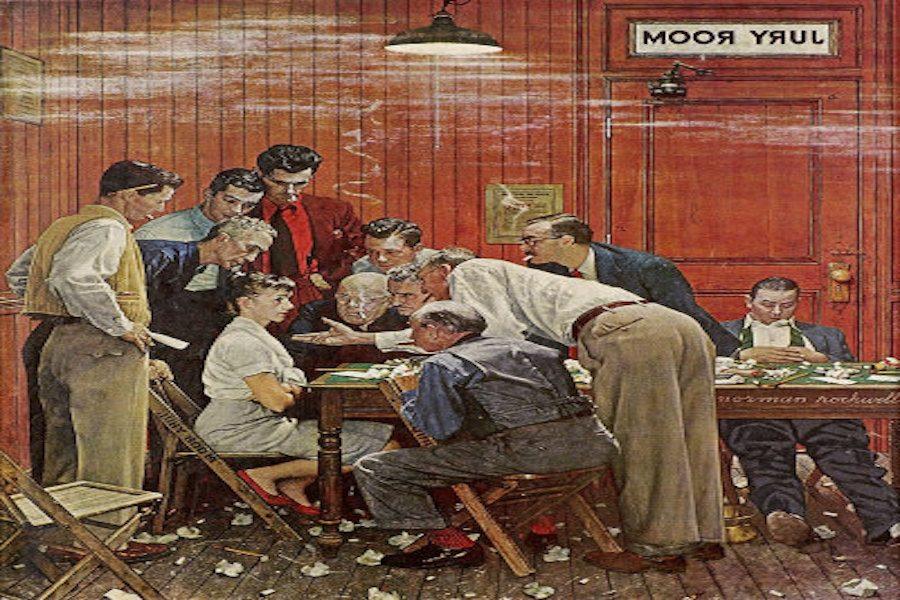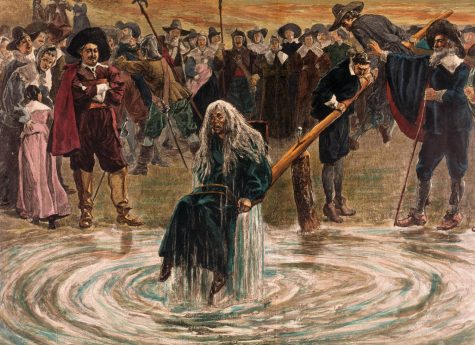There is Hope For Women
The fight for women’s rights feels never ending. We found our voice during the suffrage movement, but it lulled to a whisper after we gained the right to vote. Both political candidates in the 2016 election have discussed this issue at one point or another, but never in-depth.
During the debates and on her website, Hillary Clinton claims that she will end the wage gap, as well as fight for paid leave, affordable childcare, confront violence against women, stand with Planned Parenthood, protect women’s rights in reproductive health, and protect women’s rights on a global scale.
Her opponent, Donald Trump, does not have much to say on the issue and did not outline a plan on his website for this specific issue. The Republican Party platform expressed being against abortion, and support the defunding of government support to Planned Parenthood. Trump expressed this during the third presidential debate, making the argument of ending abortions at nine months. However, women’s rights covers more than women’s right of choice:
1. Norman Rockwell Painting Sums Being a Woman on the Internet
In Jenna Amatulli’s opinion piece about a Norman Rockwell painting from 1959 she sums up what it is like to be a woman on the internet. The painting shows a group of male jurors all speaking to the one female juror, seemingly at once. Which she says is exactly how the world acts towards women. How are we supposed to advance in the world and have our voice be heard? This article mentions a few of the issues women are faced with today like, pay inequality, gender discrimination, verbal and sexual assault, to name a few. She also includes lists various tweets that use the painting in the ways she describes, solidifying her point.
2. Sexism and Hillary Clinton in the Presidential Debates
Anna Waters from the Washington Post, presents how Hillary may be affected by sexism during the debates, by looking at how girls have been affected by it on high school debate teams. Waters quotes multiple girls from across the U.S. that have experienced sexism during a debate. They talk about how their male opponents are typically judged lighter for the same things as the girls. Some of the girls use the example of being judged on attire, and aggressiveness during the debates. One of them talks about it being harder to be emotional during a debate and said, “If [Clinton] gets up and waves her arms around and screams, people will feel like they’re being yelled at by their mom.” Waters also compares these girls experiences to what Hillary Clinton may face during and after the presidential debates. As we have seen during the debates she more worked to make her opponent, Donald Trump, look like how the girls seem to be portrayed in debates. As an already passionate and aggressive public speaker, Trump may have toned it down a bit, but Hillary seemed to stay calm and collected during most of the three debates. Clinton seemed to put prove that women can discuss important topics without seeming like a crazed, and out of control woman.
3. Feminist Bookstore Slams “Portlandia”
NPR reporter Bill Chappell highlights the feminist bookstore that the show Portlandia uses to shoot one of their skits. The bookstore, In Other Words, is saying that the show is no longer welcome to film there because it depicts men dressed as women, shows employees being rude to customers, and has a part in gentrification and race relations. They claim that show member, Fred Armisen, dressing up in a wig and dress for the role represents ridicule and mockery of trans femmes. They say the show is responsible in gentrification because the store is located in a part of Portland, Oregon that has history as a black neighborhood, but the show depicts an “overly white Portland” as said in the article. As a fan of the show, I know that these things they are talking about are just to be funny. As for the gentrification, the show does show an overly white cast. However, In Other Words had a comment on their blog post from someone that complains the store is “the epitome of gentrification”, and In Other Words didn’t deny it. Despite all of that, the show makes fun of radical feminists that tend to paint a bad representation of feminists fighting for women’s rights.
4. Is Trump Advancing Women’s Rights?
Martha Pease from CNN describes how the backlash of Donald Trump’s comments from the Access Hollywood clip, of him talking to Billy Bush about what women will “allow” him to do to them because of his celebrity status, has been an advance in women’s rights. Pease says that more women have been speaking about their experiences of discrimination and sexual assault. It has also put more women to action for an “attitudinal change.” That being that men like Trump should move on and women should start challenging the status quo. The positive spin on a degrading event shows hope for the women’s rights movement. More and more women are speaking up, taking action, and banding together, something that we should do more.
Naomi LaChance contrasts the last article by highlighting the members of the GOP that have distanced themselves from Trump and his comments, specifically those in the Access Hollywood clip. Those members include Paul Ryan, Mitch McConnell, and Trump’s running mate Mike Pence. LaChance discusses that despite these members own discriminatory actions and statements, they reject Trump’s comments completely. However, the executive Vice President of Planned Parenthood, Dawn Laguens, made a statement saying that these GOP members’ comments “ring hollow” because of their careers being built “on attacking women’s basic rights to health care.” The question arises, are these GOP members only distancing themselves from Trump to save face? They are recognizing the backlash Trump gets for his comments, and despite what they have said and supported themselves, don’t want the majority seeing them the same as how they see Trump.
The Columbus Dispatch’s Darrel Rowland interviewed seven different women at a Donald Trump rally in Cincinnati, to get their take on his comments about women. The first woman stated, “Guys talk, whether they are good guys or bad guys.” Another woman said she didn’t really care about the comments Trump made and stated, “I’m voting on policies. I want to keep my grandson safe. And I want to keep the immigrants out. And I don’t want my taxes to go up.” Rowland shows that most of the women supported Trump and didn’t take his words to heart. One woman said, “I think from the beginning, everybody knew that he said what was on his mind. And he had a past and he hadn’t ever been a politician before. There’s plenty of politicians who’ve done worse,” which seems to sum up what most of the other woman believed as well.
The Republican Party, and Trump may not have as much to say on the issue of women’s rights as the Democratic Party Platform and Clinton, but maybe that’s just the sign that it really hasn’t caught their attention. The Libertarian Party has nothing in their platform about women’s rights. It is not to say that the Republican and Libertarian Parties don’t care about women and women’s rights. For women to take more action and speak up—could make it so those parties do acknowledge a solution in their platforms for the next election.
The Green Party’s platform mirrors the Democratic Party’s approach to women’s rights. The Green and Democratic Parties support ratification of the Equal Rights Amendment, and want full equality for women.







